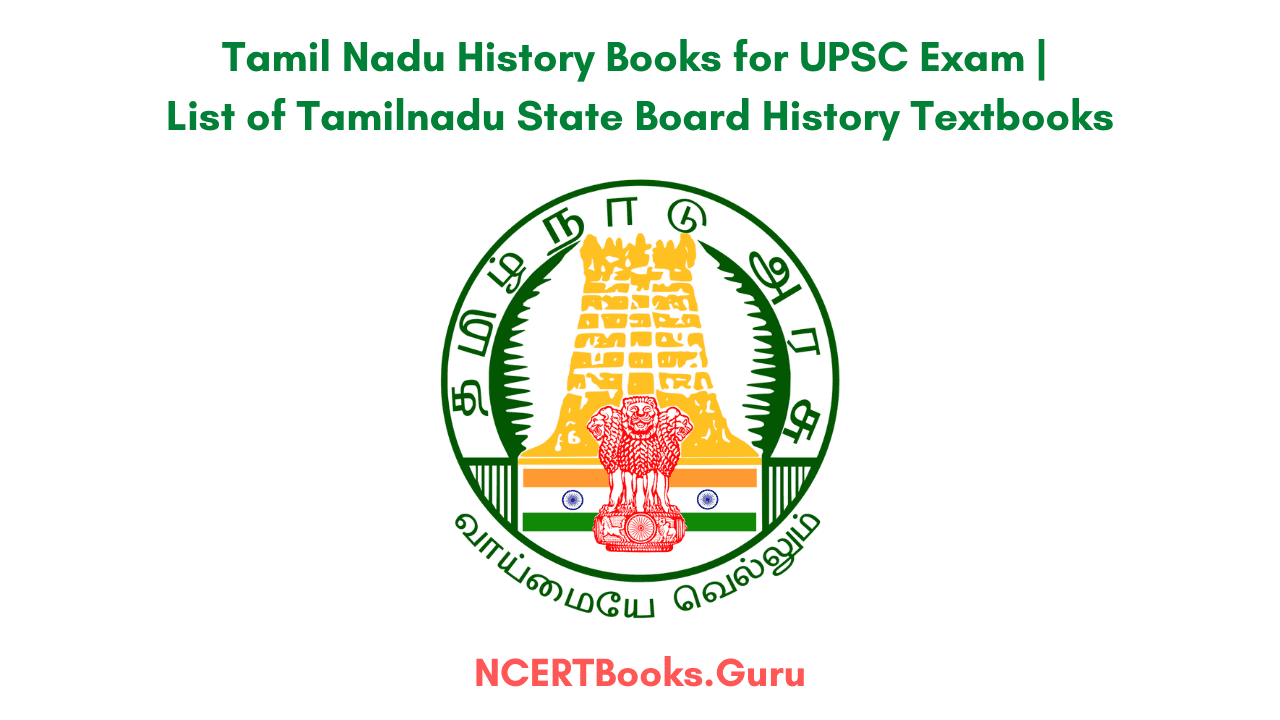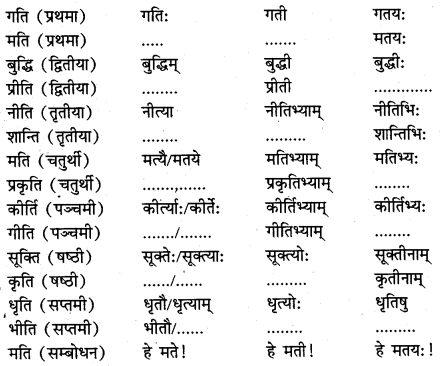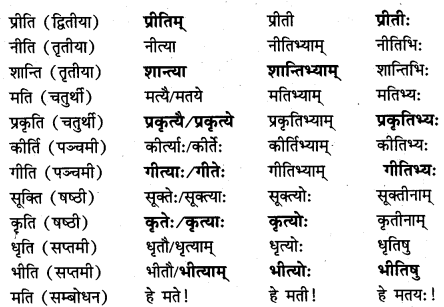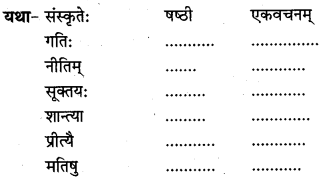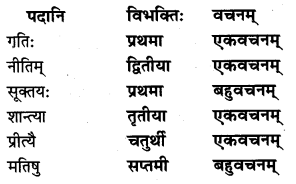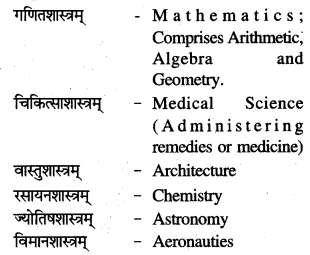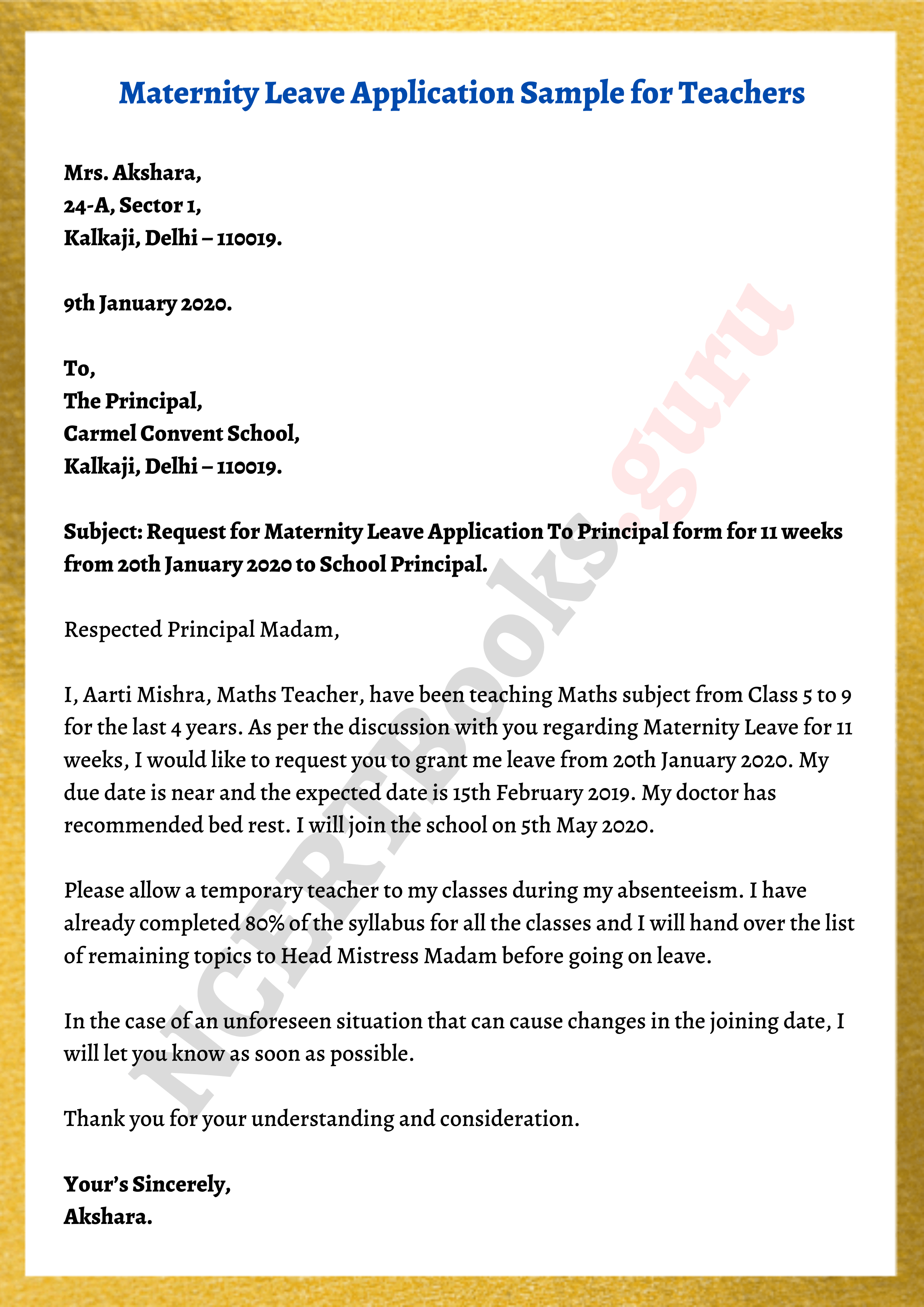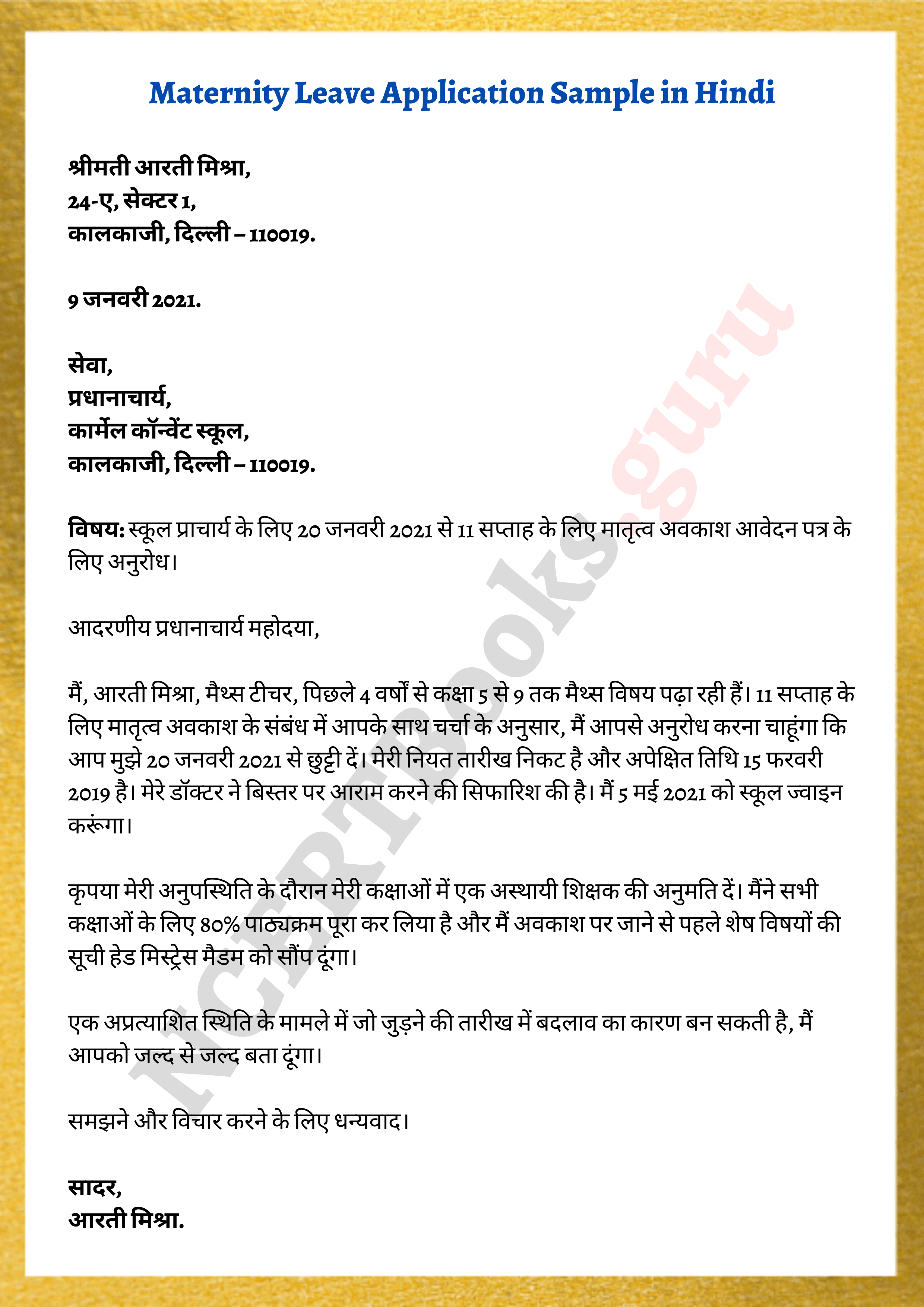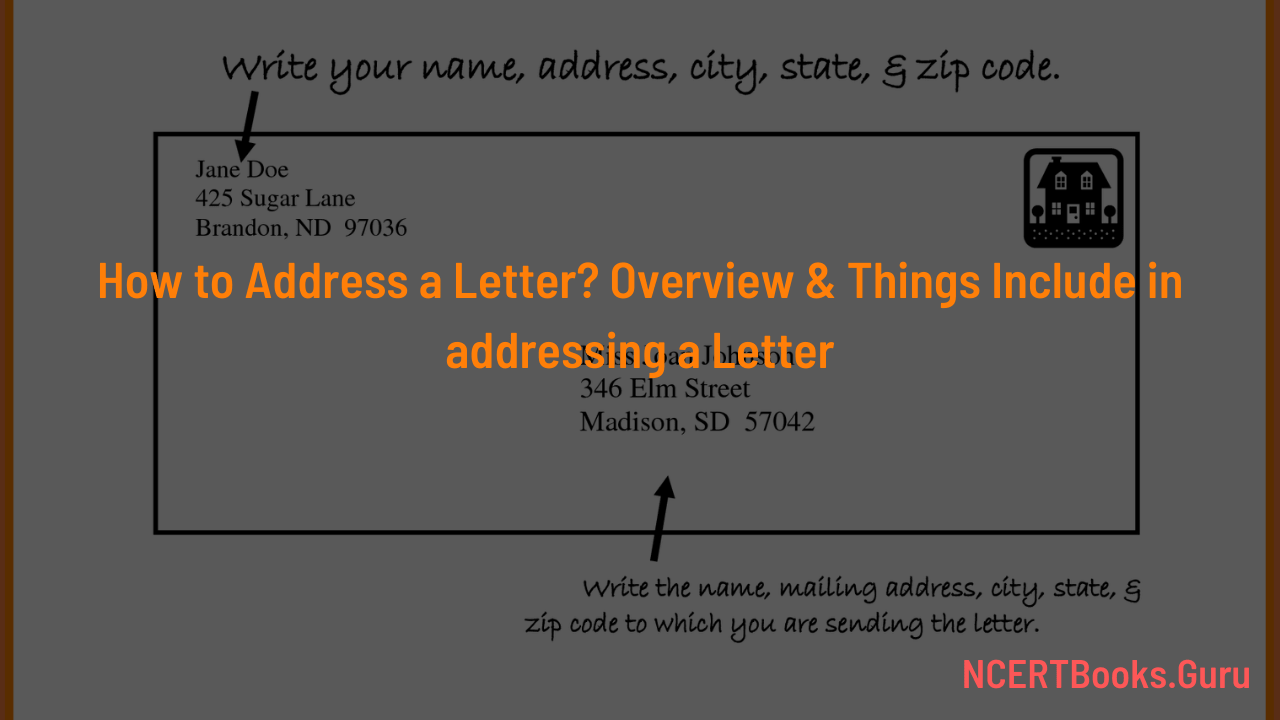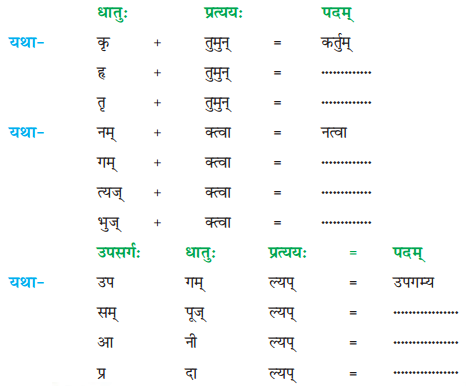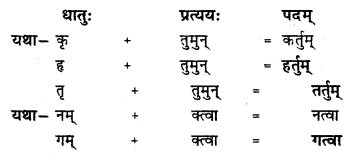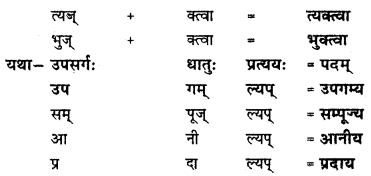Check the below NCERT MCQ Questions for Class 10 English Footprints Without Feet Chapter 1 Footprints without Feet with Answers Pdf free download. MCQ Questions for Class 10 English with Answers were prepared based on the latest exam pattern. We have provided Footprints without Feet Class 10 English MCQs Questions with Answers to help students understand the concept very well.
MCQ Questions for Class 10 English Footprints Without Feet Chapter 5 Footprints without Feet with Answers
Question 1.
Who is the author of the story ‘Footprints Without Feet’?
a) H.G. Wells
b) James Herriot
c) John Keats
d) W.B. Yea
Answer
Answer: (a) H.G. Wells
Question 2.
“The two boys started in surprise at the fresh muddy imprints of a pair of ………… ”
a) barefeet
b) shoes
c) tyres
d) None of these
Answer
Answer: (a) barefeet
Question 3.
He was Leaving his imprints in
a) Paris
b) London
c) Iping
d) Canada
Answer
Answer: (b) London
Question 4.
What is the meaning of‘bewildered’?
a) Perplexed
b) Confused
c) Puzzled
d) All of these
Answer
Answer: (d) All of these
Question 5.
Who were the boys following?
a) A scientist
b) A dog
c) A rat
d) None of these
Answer
Answer: (a) A scientist
Question 6.
What was he working on?
a) Making fake footprints
b) Making’human bodies invisible
c) Making a fool of children
d) All of the above
Answer
Answer: (b) Making human bodies invisible
Question 7.
“Brilliant scientist though he was, Griffin was rather a …………… person.”
a) lawless
b) lawful
c) good
d) rude
Answer
Answer: (a) lawless
Question 8.
What did Griffin do for revenge?
a) Burned himself
b) Burned the landlord
c) Burned the house
d) He didn’t do anything for revenge
Answer
Answer: (c) Burned the house
Question 9.
Griffin’s body became as transparent as ………………
a) glass
b) ice
c) air
d) None of the above
Answer
Answer: (a) glass
Question 10.
What suggests that he was a homeless wanderer?
a) No clothes
b) No money
c) Invisible
d) All of these
Answer
Answer: (d) All of these
Question 11.
Why was it a bad time to wander in London?
a) It was mid-winter
b) He was without clothes
c) Both a. and B.
d) None of the above
Answer
Answer: (c) Both a. and B.
Question 12.
Where was the theatrical company shop situated?
a) Dury lane
b) Drury lane
c) Druy lane
d) Druri Lane
Answer
Answer: (c) Druy lane
Question 13.
Instead of walking about the streets the scientist decided to slip into:
a) the nearby house
b) a big ship
c) the tent
d) a big London store
Answer
Answer: (d) a big London store
Question 14.
Where did he find comfort in London?
a) At the inn
b) A big store
c) Theatre store
d) None of these
Answer
Answer: (b) A big store
Question 15.
Where did Griffin go next?
a) At the inn
b) A big store
c) Theatre store
d) None of these
Answer
Answer: (c) Theatre store
Question 16.
What did Griffin take from there?
a) Food
b) Wine
c) Bandages
d) All of these
Answer
Answer: (c) Bandages
Question 17.
What did Griffin see when he panicked and began to run?
a) A bull
b) Some thieves
c) Two assistants
d) The houselady
Answer
Answer: (c) Two assistants
Question 18.
How did Griffin finally escape?
a) By hitting them
b) By taking off all his clothes
c) By running away as fast as he could
d) By hiding
Answer
Answer: (b) By taking off all his clothes
Question 19.
Where did Griffin go from theatre store?
a) Piping
b) Iping
c) Snowland
d) None of these
Answer
Answer: (b) Iping
Question 20.
What was an unusual event at an inn in winter?
a) A guest at the inn during winters
b) A guest at the inn during summers
c) A guest at the inn during spring
d) Nothing was unusual there
Answer
Answer: (b) A guest at the inn during summers
Question 21.
How did Griffin justify his disinterest in having a conversation with Mrs Hall?
a) Desired solitude
b) Didn’t want to be disturbed during work
c) Both a. and b.
d) None of the above
Answer
Answer: (c) Both a. and b.
Question 22.
What do you mean by the word eccentric’?
a) Uncommon
b) Extra
c) Catchy
d) None of the above
Answer
Answer: (a) Uncommon
Question 23.
Why does Mrs Hall find the scientist eccentric?
a) He visited during off season
b) His intention was only to work
c) He looked weird
d) All of the above
Answer
Answer: (d) All of the above
Question 24.
Why was Mrs Hall prepared and ready to tolerate strange habits and irritable temper?
a) He had paid in advance
b) He was a scientist
c) Both a. and b.
d) None of the above
Answer
Answer: (a) He had paid in advance
Question 25.
What does the first encounter tell us about Mrs Hall?
a) She is not friendly
b) She is money-minded
c) She is disinterested in her guests
d) All of the above
Answer
Answer: (b) She is money-minded
Question 26.
What is being referred to as the “strange incident” that happened in the study?
a) Griffin stealing money while being invisible
b) Griffin arriving at the inn during off season
c) Griffin pretending to be waiting for a cheque
d) None of the above
Answer
Answer: (a) Griffin stealing money while being invisible
Question 27.
Who called the incident “an extraordinary affair”?
a) Clergyman
b) Clergyman’s wife
c) Mrs Hall
d) All of these
Answer
Answer: (a) Clergyman
Question 28.
What did she think had happened to her furniture?
a) Nothing
b) The scientist had put spirits in them
c) The scientist was playing with them
d) The furniture had gone mad
Answer
Answer: (b) The scientist had put spirits in them
Question 29.
What do you mean by the word “hysterics”?
a) An exaggerated reaction
b) A normal reaction
c) No reaction
d) None of the above
Answer
Answer: (a) An exaggerated reaction
Question 30.
What caused the villagers to suspect the scientist? .
a) The robbery
b) The furniture incident
c) Unexpected availability of cash on him
d) All of the above
Answer
Answer: (a) The robbery
Question 31.
“The scientist was always ; now he became furious.”
a) patient
b) quick-tempered
c) calm
d) None of these
Answer
Answer: (d) None of the these
Question 32.
What was easier said than done?
a) To see him
b) To talk to him
c) To hold him
d) None of these
Answer
Answer: (b) To talk to him
1. The two boys started in surprise at the fresh muddy imprints of a pair of bare feet. What was a barefooted man doing on the steps of a house in the middle of London? And where was the man? As they gazed, a remarkable sight met their eyes. A fresh footmark appeared from nowhere!
Further footprints followed, one after another, descending the steps and progressing down the street. The boys followed, fascinated, until the muddy impressions became fainter and fainter, and at last disappeared altogether.
(a) Why were the boys surprised to see a barefooted man in London? The boys were surprised as:
(i) it was an unusual sight to see someone this way.
(ii) everybody in London moved around in shoes.
(iii) it was pretty cold to move around barefeet.
(iv) only a person who is homeless and wandering does so.
Answer
Answer: (iii) it was pretty cold to move around barefeet.
(b) Pick out the option that is not related to ‘started’ as used in the extract:

(i) Option (1)
(ii) Option (2)
(iii) Option (3)
(iv) Option (4)
Answer
Answer: (iv) Option (4)
(c) Pick the option that best describes how the boys are feeling / based on the extract.
(i) Enchanted, curious, puzzled
(ii) Captivated, curious, puzzled
(iii) Repulsed, curious, captivated
(iv) Enchanted, repulsed, curious
Answer
Answer: (ii) Captivated, curious, puzzled
(d) The boys felt that the footprints were:
(i) seen due to some magic trick.
(ii) a figment of imagination.
(iii) of a man who was invisible.
(iv) those of a mysterious man.
Answer
Answer: (iv) those of a mysterious man.
(e) Pick the option that best matches synonyms of the word gazed’.
(i) (1) gaped (2) gawked
(ii) (1) admired (2) disbelieved
(iii) (1) overlooked (2) stared
(iv) (1) surveyed (2) overlooked
Answer
Answer: (i) (1) gaped (2) gawked
(f) Pick the option that lists the correct direction of the footprints on the stairs, as noticed by the boys.

(i) Option (1)
(ii) Option (2)
(iii) Option (3)
(iv) Option (4)
Answer
Answer: (ii) Option (2)
2. As they gazed, a remarkable sight met their eyes. A fresh footmark appeared from nowhere!
Further footprints followed, one after another, descending the steps and progressing down the street.
(a) Who are ‘they’?
(i) Several people
(ii) Scientists
(iii) Two boys
(iv) None of these
Answer
Answer: (iii) Two boys
(b) The extract has been taken from:
(i) A Question of Trust
(ii) The Making of a Scientist
(iii) The Hack Driver
(iv) None of the above
Answer
Answer: (iv) None of the above
(c) Who is the author?
(i) Victor Canning
(ii) Robert Peterson
(iii) Sinclair Lewis
(iv) None of these
Answer
Answer: (iv) None of these
(d) The word ‘progressing’ means:
(i) continuing
(ii) hindering
(iii) retreating
(iv) obstructing
Answer
Answer: (i) continuing
(e) The antonym of‘remarkable’ is:
(i) outstanding
(ii) usual
(iii) wonderful
(iv) phenomenal
Answer
Answer: (ii) usual
3. The air was bitterly cold and he could not do without clothes. Instead of walking about the streets he decided to slip into a big London store for warmth.
(a) ‘He’is:
(i) a thief
(ii) a scientist
(iii) the author
(iv) the landlord
Answer
Answer: (ii) a scientist
(b) It was:
(i) mid-winter
(ii) early-winter
(iii) late-winter
(iv) raining
Answer
Answer: (i) mid-winter
(c) The name of the lesson is:
(i) The Making of a Scientist
(ii) A Triumph of Surgery
(iii) Footprints without Feet
(iv) The Necklace
Answer
Answer: (iii) Footprints without Feet
(d) The word ‘slip’ here means:
(i) fall down
(ii) enter quietly
(iii) hit (iv) lie down
Answer
Answer: (ii) enter quietly
(e) The antonym of‘bitterly’ is:
(i) mildly
(ii) extremely
(iii) severely
(iv) cuttingly
Answer
Answer: (i) mildly
4. As she and her husband turned away in terror, the extraordinary chair pushed them both out of the room and then appeared to slam and Lock the door after them.
Mrs Hall almost fell down the stairs in hysterics. She was convinced that the room was haunted by spirits, and that the stranger had somehow caused these to enter into her furniture. “My poor mother used to sit in that chair,” she moaned! To think it should rise up against me now!
The feeling among the neighbours was that the trouble was caused by witchcraft.”
(a) Mrs Hall felt that the room was haunted by spirits because:
(i) she could see evil spirits.
(ii) she heard strange noise.
(iii) uncanny things happened there.
(iv) the door slammed shut.
Answer
Answer: (iii) uncanny things happened there.
(b) Pick the option that best describes how Mrs Hall must be feeling at the moment described in the extract.
(i) Stunned and furious
(ii) Shocked and outraged
(iii) Outraged and nervous
(iv) Stunned and agitated
Answer
Answer: (iv) Stunned and agitated
(c) Pick the sentence that brings out the meaning of ‘hysterics’ as used in the extract.
(i) My friend and I were in splits when we saw the clown’s antics.
(ii) I don’t know why I suddenly felt worried about flying home.
(iii) The sight of blood put the old man in a frenzy,
(iv) The people who had witnessed the accident were spellbound.
Ans. (iii) The sight of blood put the old man in a frenzy.
Answer
Answer: (i) routinely
(d) Pick the option that displays a cause -> effect relationship.
(i) Pushed and locked out-> hysterical
(ii) Rising of the chair.-> moaning
(iii) Troubled neighbours -> witchcraft
(iv) Stranger -> haunted spirits
Ans.
Answer
Answer: (i) Pushed and locked out-> hysterical
(e) The neighbours thought it was ‘witchcraft’. This tells us that ‘ neighbours were:
(i) suspicious
(ii) superstitious
(iii) nervous wrecks
(iv) gossip-mongers
Answer
Answer: (ii) superstitious
(f) Pick the option that includes the correct matches of Column I with Column II.
| Column I |
Column II |
| A. The stranger was |
(P) eccentric, lonely and callous |
| B. He had escaped |
(q) eccentric, callous and short-tempered |
| C. He had an uncommon appearance |
(r) from Iping to London |
|
(S) as he wore bandages round his forehead |
(i) (A)-q, (B)-s, (C)-r
(ii) (A)-p, (B)-r, (C)-s
(iii) (A)-r, (B)-q, (C)-p
(iv) (A)-q, (B)-r, (C)-s
Answer
Answer: (iv) (A)-q, (B)-r, (C)-s
(g) Look at the different meanings of ‘haunt’. Pick the option that does not correspond to its meaning.
(i) To be conscious of a strange phenomenon.
(ii) Be persistently and disturbingly present in (the mind).
(iii) (of something unpleasant) continue to affect or cause problems for.
(iv) A place frequented by a specified person.
Answer
Answer: (i) To be conscious of a strange phenomenon.
5. Suspicion grew even stronger when he suddenly produced some ready cash, though he had admitted not long before that he had no money.
(a) Who is ‘he’?
(i) Mr Hall
(ii) Griffin
(iii) Clergyman
(iv) The Constable
Answer
Answer: (ii) Griffin
(b) ‘He’was suspected of:
(i) the burglary
(ii) a killing
(iii) Both (i) and (ii)
(iv) None of these
Answer
Answer: (i) the burglary
(c) Who is the author?
(i) Victor Canning
(ii) Robert Arthur
(iii) Ruskin Bond
(iv) H.G. Wells
Answer
Answer: (iv) H.G. Wells
(d) He had admitted that:
(i) he had money
(ii) he was a burglar
(iii) he had no money
(iv) he was a scientist
Answer
Answer: (iii) he had no money
(e) The synonym of suddenly’is:
(i) instantly
(ii) gradually
(iii) expectedly
(iv) anticipatedly
Answer
Answer: (i) instantly
Revision Notes
This story is an extract from a novel written by H.G.Wells, titled ‘The Invisible Man’. In this story the adventures of an invisible man at the village Iping are narrated.
Footprints without Feet Class 10 Summary
Griffin was a brilliant scientist. He had discovered a rare drug. It could make a man invisible. He swallowed that drug and his body became as transparent as a sheet of glass. However, Griffin was a lawless person. He was disliked by his landlord who wanted to eject him out of his house. Angrily, Griffin set the house of his landlord on fire. Then, he removed his clothes. This made him look invisible and thus he was able to escape without being seen by anyone. He became a homeless wanderer, without clothes, without money and quite invisible. However, he had chosen a bad time of the year to wander about London without clothes. It was mid-winter and the air was bitterly cold. So, Griffin decided to slip into a big London store. After the store closed, Griffin fitted himself with warm clothes and after becoming fully dressed he became a visible person. He ate to his fullest, drank wine and settled down to sleep on the pile of quilts.
Next morning, the assistants opened the store and found Griffin. He panicked and began to run. He managed to escape only by taking off his clothes. So, once more he was invisible and naked in the chilly January air.
He then decided to go to Drury Lane, to try to find clothing from theatrical companies found there. He found a suitable shop and made his way upstairs and came out a little later wearing bandages round his forehead, dark glasses, false nose, big bushy side whiskers and a large hat. To escape without being seen, he hit the shopkeeper from behind and stole his money.
Griffin then decided to leave London. He took a train to the village Iping. He hired two rooms in the inn of the village. He told the landlady, Mrs. Hall, that he loved solitude and therefore he should not be disturbed. When his stolen money was spent, he stole the money from a clergyman’s desk. The clergyman and his wife heard the chink of money being taken away. But they found no one in the room. The money was missing all the same.
Mrs Hall saw the door of Griffin’s room wide open next morning. She and her husband decided to investigate. They found that Griffin’s clothes and bandages were lying about the room. Mrs Hall then heard a sniff near her ear. Soon, the hat on the bedpost leapt up and struck her face. The chair rose up and pushed them out of the room.
The door was slammed and locked after pushing them outside. Mrs Hall was hysterical. She was convinced that the room was haunted by spirits and that Griffin was somehow responsible for all this.
People also began to suspect that Griffin had a hand in the theft at the clergyman’s house. Suspicion grew even stronger when he suddenly produced cash, though he had previously admitted that he had no money. A constable was secretly sent for. Meanwhile, Mrs Hall confronted Griffin. She asked him how he had managed to come out of an empty room and how he had managed to enter a locked room. Griffin became furious on being questioned in such a manner. He threw off bandages, whiskers, spectacles and even his nose. He was now a headless person. The constable arrived. He tried to arrest him but Griffin was becoming more and more invisible as he took off one cloth after the other. The constable found himself struggling with someone he could not see. People tried to help him but they found themselves being hit by blows that seemed to come from nowhere. In the end Jaffers was knocked unconscious and Griffin managed to escape.
Message
This story conveys the message that in genuity and a sharp mind are appreciated and honoured only when they work for the betterment of society.
